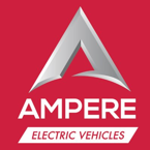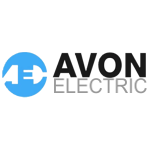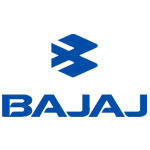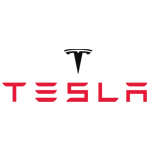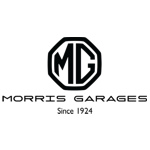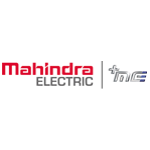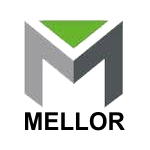With the increase in electric vehicles (EV), the demand for fast charging facilities has increased and demand for electricity too. ReFill EV is establishing publically available EV Charging and Battery Swapping Stations all over India @ every 30 to 50 KM.
ReFill EV offers On Demand / On Place Charging through its ReFill EV Mobile Van.
To cater electricity demand for EV Charging, ReFill EV is installing Decentralized Solar Power Projects in size of 1MW to 2MW nearby all ReFill EV Stations.
Solar Power Projects will be installed by Partnership Company (SPV) of Investor/Financial Partner & ReFill EV.
- Solar Power Generation,
- EV Charging Stations
- Battery Swapping Stations
- All other Business Operations, and
- Company’s Management & Business Operations
A.I. and IOT Based EV Charging and Swapping Management System
Significant Features:
- Real-time location detection and providing information about available nearby charging stations
- Scheduling charging date and time, setting reminders, getting notifications and tracking usage
- Real-time updates of the charging status
- Payment directly through the app’s E Wallet
- Finding all stations along the road trip route
- Notification about battery status
- Notification to alert when there’s a charging station nearby
- Checking station ratings and description
- Feedback from users about charging station

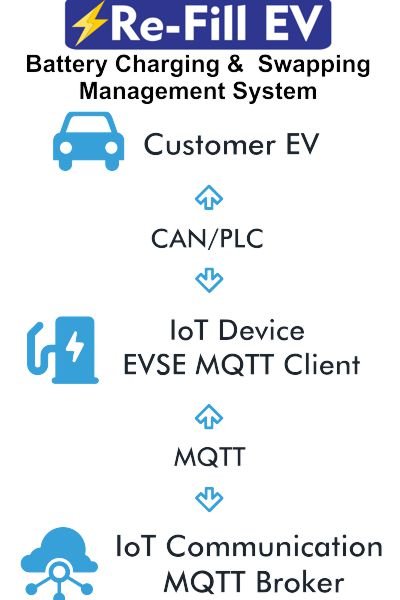
When the charging station is turned on, the OCPP tries to connect with the management software. The software verifies the identity of the charging station. After successful verification, the IT backend sends a signal to the EV charging station management system to identify its availability. The station responds by providing its current status with the date and time.
The authorization process begins when a user requests to start the charging. In response to the request, the power supply nozzle is unlocked and plugged into the e-vehicle to start charging. At this stage, OCPP sends another transaction message denoting that the charging process has begun.
When the user wants to stop charging, identification verification is required again at the charging station through the mobile app. When the StopTransaction message is sent to the station, the charging is stopped and the user is ready to leave.
The OCPP protocol benefits the EV charging system in many ways:
- Reservation: The drivers or the owners of EV have the advantage of reserving the place using the app.
- Remote features: Station partners can remotely manage the functionalities of charging stations.
- Smart charging: The charging station automatically increases or decreases the power supply to optimize its performance.
- Data transmission: OCPP supports data transfer between different mobile apps, management software and EV charging stations.
- Diagnosis: It anticipates issues beforehand and gives warnings in advance. It also provides the capability to diagnose and solve problems remotely.
- Reporting: OCPP gathers complete information about the charging station’s current state and reports it to system administrators.
ReFill EV Advance Secure Charging Process
The advanced charging process is described with background activities and keeping the charging process running.

- The Customer selects the charging station using mobile app. The map on the application allows user to locate and check the status of charging station. Available station display the details, including Charging Standards (CCS or ChaDeMo), price per minute, location, address and charging station power. The mobile application also allows reserving the available charger for a specific duration.
- At the station, the customer plugs the charging pistol into the EV. Once it recognizes the app interaction, it begins to communicate the next steps. The user needs to log in using their credentials to get the receipt of charging.
- Payment options depend on the service provider; however, it support the most common debit, credit cards and UPIs.
- It takes approximately 10 to 30 minutes to complete the charging process using fast charging technology.
- When charging is complete, or the stop button has been pressed, the controller will stop the current and voltage and indicate to remove it from the EV safely.
- Once the charging is complete, the user will receive a receipt of the charging. It includes energy displayed in kW/h, total amount and duration of charging. The start and stop time of charging is recorded and kept for at least ten years.


